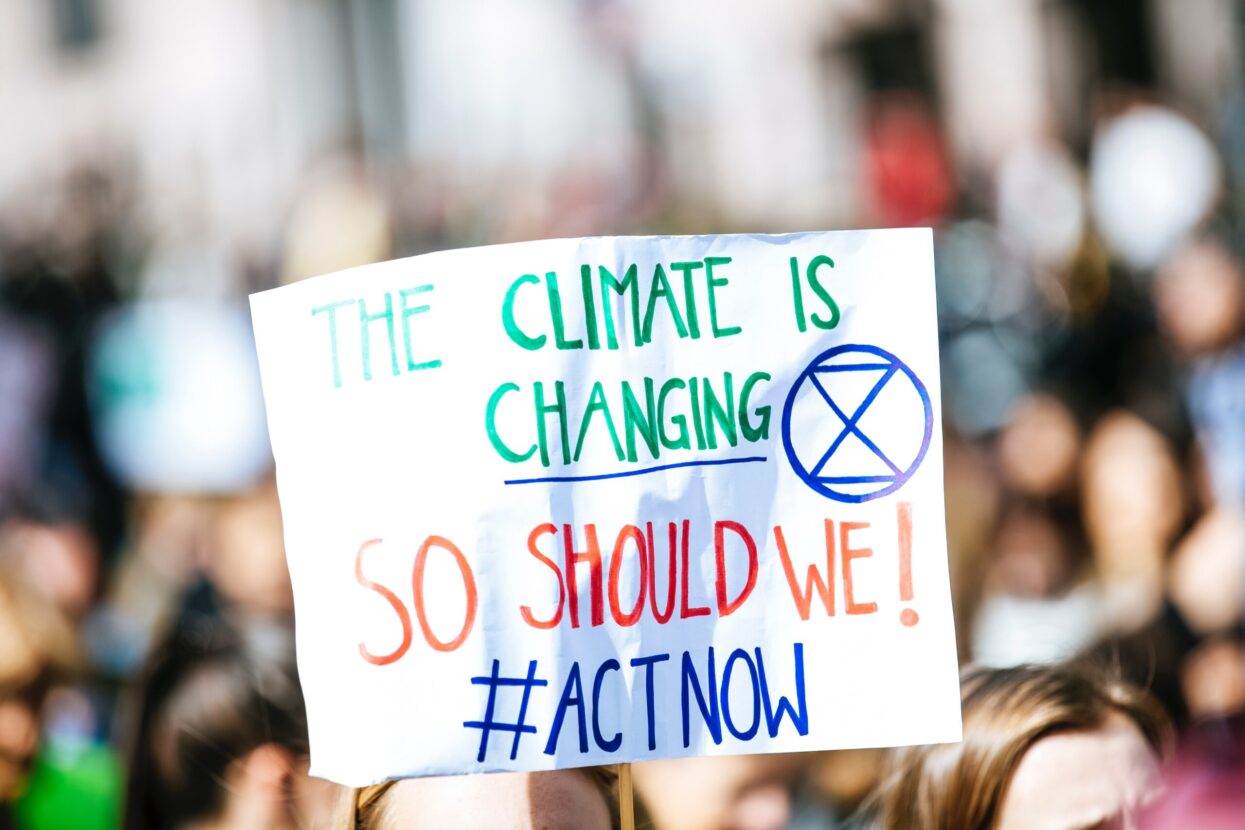
Reducing carbon emissions looks quite straightforward on the face of it, not simple or easy, of course, but straightforward: just stop doing so much of the stuff that creates them. Reduce energy consumption, switch to renewables, cut waste and so forth.
But as you look more deeply, more complications arise, not least of which are the questions around what happens to the people whose livelihoods depend on the carbon economy. And to investments, particularly pension funds. How will reducing consumption affect manufacturing industries? That is where the ‘just transition’ comes in.
There are other terms in use, but all are intended to convey the same meaning: how to make the changes that are needed in a way that is fair, that doesn’t harm people’s livelihoods and that allows everyone to benefit. It’s about covering all three pillars of sustainability: environmental, social and economic. Working with the aims of the UN Sustainable Development Goals. To truly succeed, it has to start from the ground up, listening to people’s fears and concerns, ensuring they are all addressed, and bringing everyone along.
It’s a big challenge for society, as the potential winners and losers are not all equally spread, not always obvious, and the potential for new work may not always be in the same locations as where work is lost, nor will the skills required be the same. It needs a lot of planning, some of which has been happening over the years, but much of which is not even thought about yet.
There are, naturally, some very easily connected changes – moving towards greater energy efficiency in the built environment may take jobs from energy companies, but then increase jobs in energy retrofits and the whole network behind that; successfully moving away from drilling for oil will need the skilled engineers and technical staff from that industry to turn their abilities to design, manufacture, installation and maintenance for the renewables sector. For any of this, training programmes will be needed. Others are yet to be fully understood within the complex web of a society that is based on selling goods rather than services – selling gas, for example, rather than warm homes and workplaces – and so has limited incentive for reducing production. And then there are the very deep roots fossil fuels have within global finance infrastructure and governments. It requires a change of mindset, shifting the way we think.
Lack of fairness is already showing in some policies: increasing carbon pricing, whether through taxes or other mechanisms, has greater impacts on small businesses with lower margins and on lower income households. To ensure a just transition, this needs to be mitigated with countermeasures to even out impacts: one way is grant support for improving energy efficiency, for example, or free or heavily subsidised public transport to balance out increased fuel costs. In some administrations this is also in place or being planned.
Much of this may not seem directly relevant to our industry, since it requires change to be made at state or government level, but there are also new business models being introduced, and there may be things your own business can do. In The Netherlands, organisations can buy light as a service instead of buying lighting fixtures and lamps, avoiding the investment required to upgrade lighting to improve energy efficiency. The business offering it installs, operates and maintains the equipment for a monthly service fee; it is therefore in their interest to ensure the components have a long life and are easy to maintain. Service agreements include light levels and energy savings. There is a Singapore-based company that offers cooling as a service, with a similar model and energy-saving benefits to users. We already have service models for digital printing and pay per click; the concept is not new to print. By thinking tangentially, creatively and collaboratively, everyone can make a positive difference.
Listening to customers and suppliers, staff and neighbours, learning about what change is coming, what they’re concerned about, what changes are needed and how you can adapt is a good way to start. For example, if you’re a small business on an out-of-town industrial estate poorly served by public transport, and staff are worried about petrol prices for getting into work, you cannot change the public transport system. Even car-sharing options are limited if you only have a handful of staff, coming from different directions. But a group of businesses on the same industrial estate could get together to set up car sharing between them, and so help manage the cost of travelling. That would be win/win, helping to reduce carbon emissions and helping with the cost of living.
Some things to think about are what will need to change in our industry? How can we prepare for it? What business models will need rethinking? Who will we need to retrain as current jobs go, to ensure new jobs open for them? How flexible will we need to be? It’s important not to be afraid to experiment, to speak out. But above all, to listen.
Main cover image: Photo by American Public Power Association on Unsplash